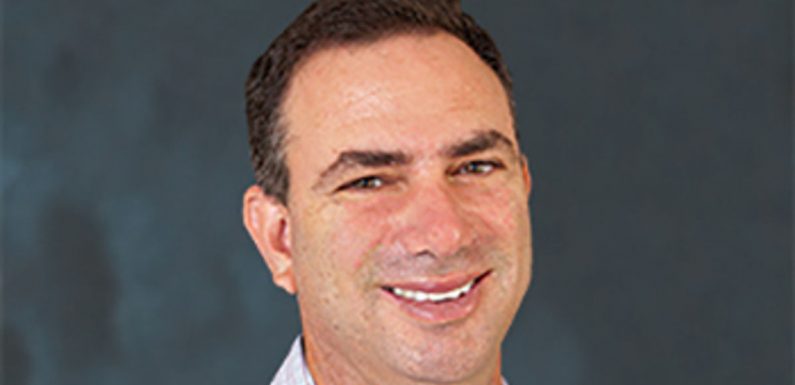
In recent months, some regional airline CEOs have been forcefully speaking out about the need to change the 1,500-hour pilot training rule.
With an ongoing pilot shortage forcing substantial cutbacks in air service to small U.S. communities, I hope more politicians will begin to listen.
When the 1,500-hour rule went into effect in 2013, it increased by sixfold the legal minimum number of flying hours required to become a pilot at a U.S. commercial airline. The rule, imposed pursuant to congressional legislation, was a response to the 2009 crash of Colgan Air Flight 3407 near Buffalo, which killed all 49 passengers and crew as well as one person on the ground.
But though the 1,500-hour rule continues to enjoy political support, there has never been empirical evidence to back its utility. No other country in the world requires incoming pilots to attain a similar number of flight hours. And over the course of five years of reporting on the subject, every flight instructor I’ve spoken with about the rule has argued that shorter, tightly tailored training programs are far more effective in preparing pilots to fly commercial aircraft than simply requiring them to accrue lots of undefined flying hours.
Furthermore, multiple university studies have shown that trainees with less than 1,500 hours of logged flight time actually perform better in regional airline pilot training than those with more than 1,500 hours, a difference that most likely is attributable to the substantial lag time between when aspiring pilots complete flight school and when they reach the 1,500-hour threshold.
- Related: Airlines offer perks and better pay to alleviate pilot shortage
But while there is no evidence-based reason to believe 1,500 hours of flight time is some sort of magic safety elixir, there’s no doubt that the 1,500-hour rule slows the U.S. pilot pipeline, substantially increases training costs and serves as a barrier to entry for practically anyone who doesn’t come from a wealthy background.
These concerns, while prevalent among many industry insiders for several years prior to the Covid-19 pandemic, have become more pressing in recent months as sharp increases in pilot recruitment by mainline carriers has created an acute pilot shortfall in the regional airline ranks. As a result, SkyWest, which as the nation’s largest regional carrier operates flights under the American Eagle, Delta Connection, United Express and Alaska brands, expects to fly 10% to 15% less capacity this year than last year despite no drop-off in demand. Meanwhile, United has already cut service to 20 small U.S. communities in the past few months, with more cuts expected.
The immediate pilot shortage is expected to diminish somewhat next year, once mainline carriers have replaced the approximately 6,000 pilots that they let go in 2020 via early retirement packages. But the structural shortage, driven in large part by the 1,500-hour rule and high entry barriers, will remain.
- Related: Airlines facing a new pilot shortage as planes, but not personnel, return
During a recent earnings call, Mesa Airlines CEO Jonathan Ornstein said the 1,500-hour rule had “by far, the biggest impact on the current pilot shortage.”
He called on politicians in Washington to act on the matter.
According to SkyWest CEO Chip Childs, there are at least green shoots of hope on that front. Lawmakers, Childs said, are more willing to listen now than has been the case over the carrier’s previous decade of lobbying on the matter.
I hope that engagement leads somewhere. Replacing the 1,500-hour minimum with less costly, more tailored pilot training requirements would both bolster safety and be a practical step toward resolving the pilot shortage long-term.
Source: Read Full Article










